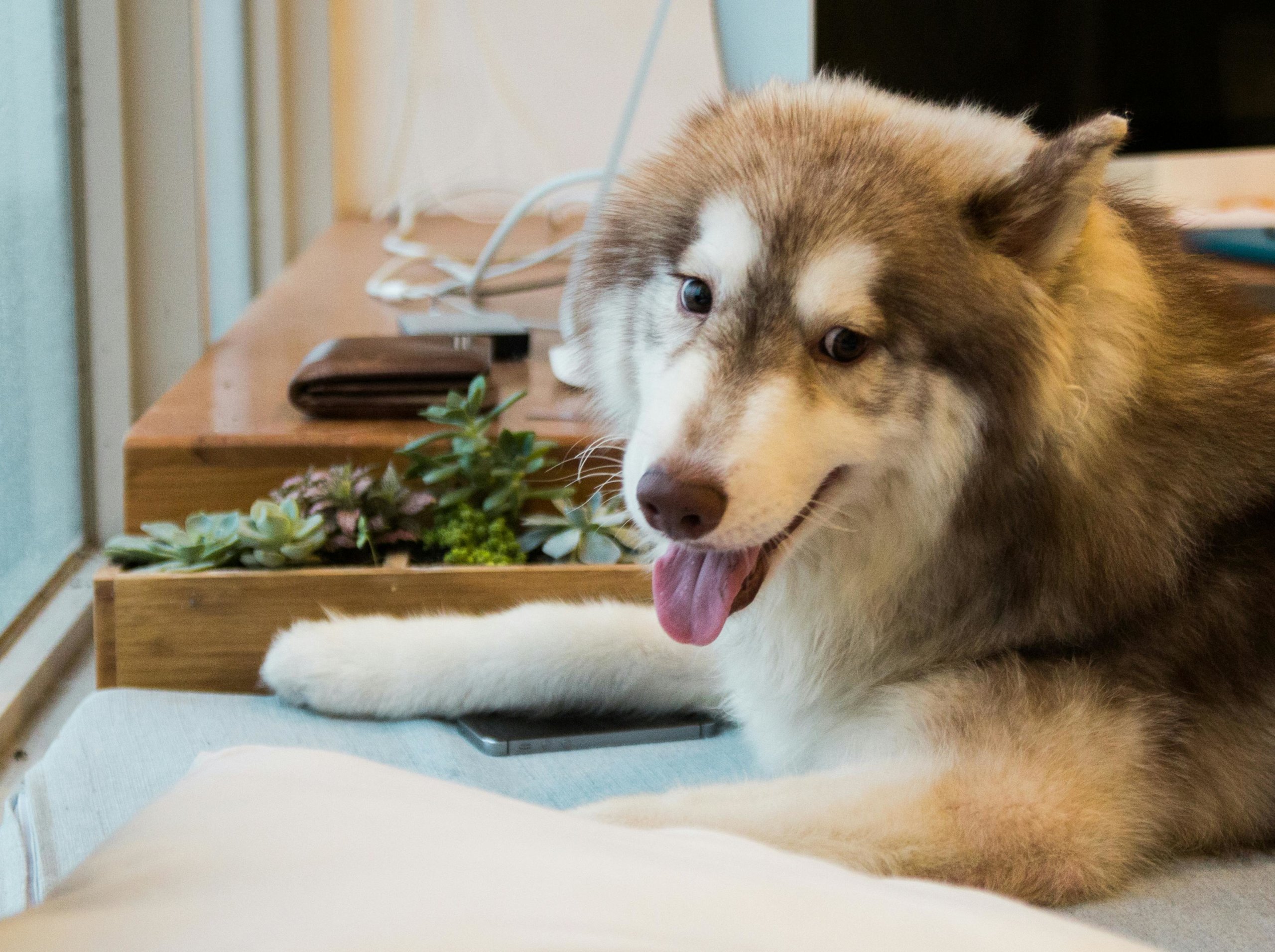Pet Safe Succulent Varieties
If you love both plants and pets, you may worry about whether certain succulents are safe to keep at home. Some succulents contain toxins that can harm cats or dogs, but many varieties are completely harmless. You can enjoy beautiful succulents in your space without risking your pet’s health by choosing non-toxic varieties.
You’ll learn what makes a succulent safe, how to recognize trusted options, and which types fit well in homes with animals. This way, you can add greenery to your space with confidence, knowing your pets can explore without danger.
From popular favorites to unique choices, you’ll discover a range of pet-safe succulents that are both attractive and easy to care for. These plants bring the same charm as other succulents but without the worry, making them a practical choice for any pet-friendly home.
What Makes a Succulent Pet Safe?
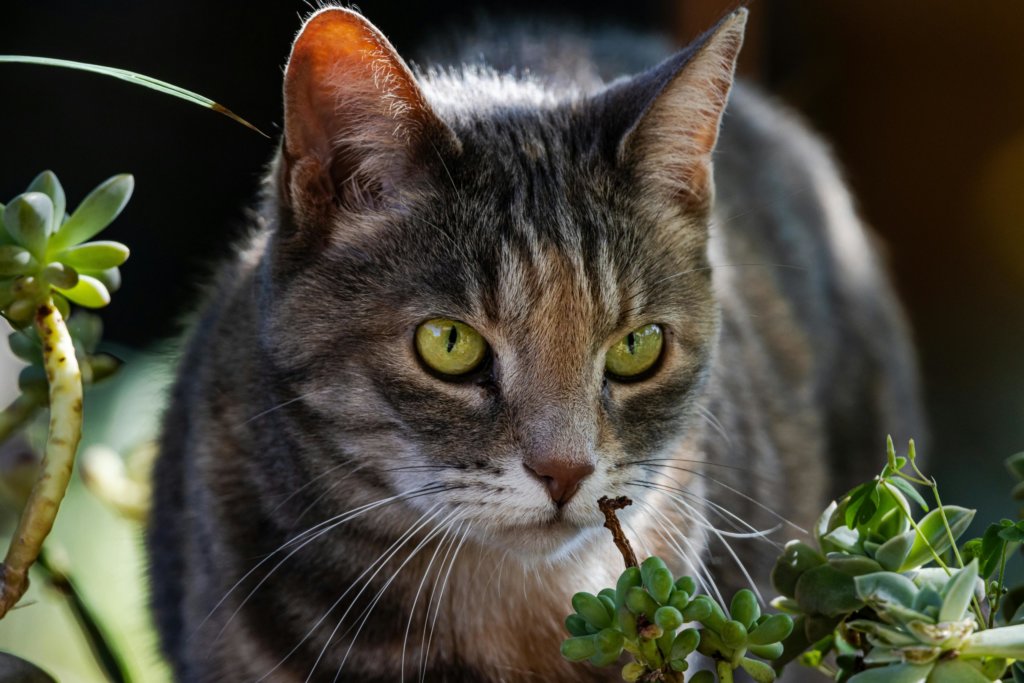
A succulent is considered pet safe when it does not contain toxic compounds that can harm cats, dogs, or other animals. Choosing the right plant helps you enjoy greenery indoors without risking your pet’s health.
Understanding Toxicity in Succulents
Some succulents produce chemicals like saponins, alkaloids, or glycosides. These substances can cause vomiting, diarrhea, or lethargy in pets if eaten. Toxic species often include plants like Aloe vera (for pets), Euphorbia, and Kalanchoe.
Pet-safe succulents, on the other hand, lack these harmful compounds. Varieties such as Haworthia, Echeveria, and Burro’s Tail (Sedum morganianum) are non-toxic. Even if your cat or dog nibbles on them, they are unlikely to experience serious side effects.
When you select succulents, always confirm their safety with trusted sources such as the ASPCA’s toxic plant list. This step reduces the chance of accidental poisoning and ensures your home stays safe for curious pets.
Benefits of Pet-Safe Succulent Varieties
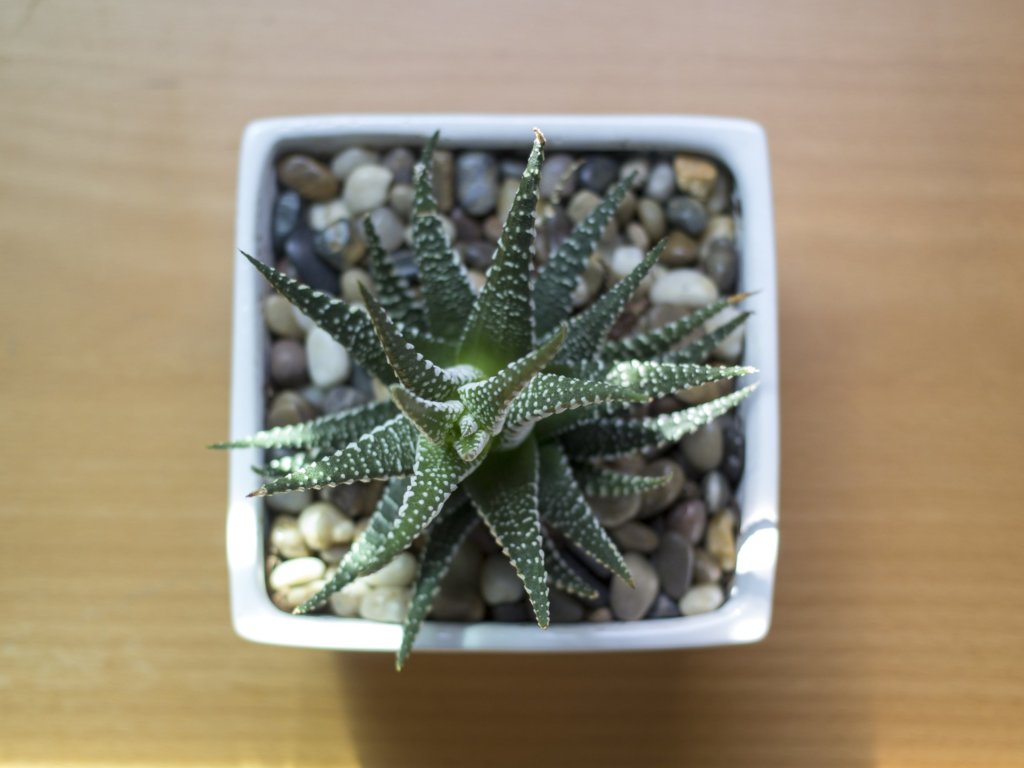
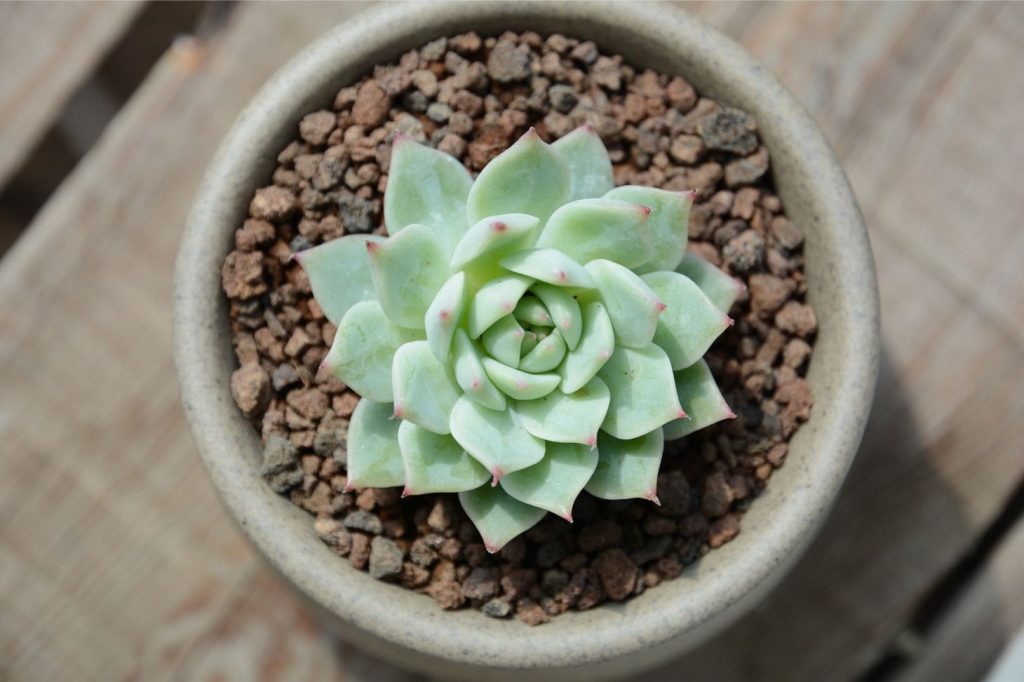
Pet-safe succulents allow you to decorate your home without constant worry. You can place them on low shelves, windowsills, or tabletops without needing to restrict access to your pets.
These plants are also low-maintenance. Many safe varieties thrive with bright indirect light, well-draining soil, and infrequent watering. This makes them a practical choice if you want greenery without extra care demands.
Some pet-safe succulents, like Haworthia and Echeveria, also come in a wide range of shapes and colors. This variety lets you create interesting displays while keeping your pets safe. You don’t have to sacrifice style for safety.
Common Misconceptions About Succulent Safety
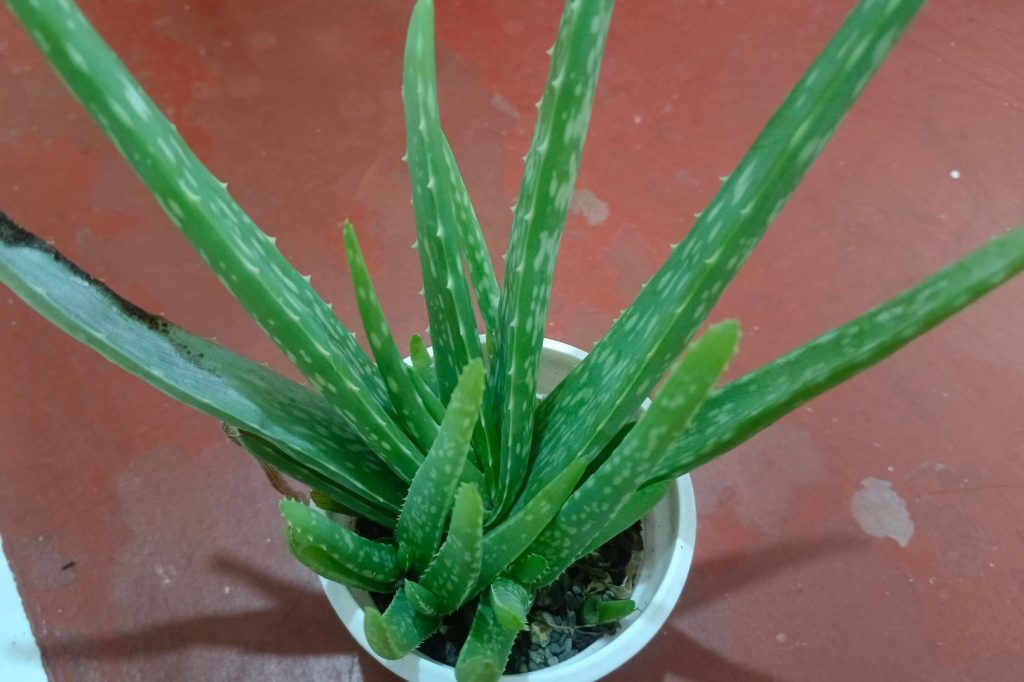
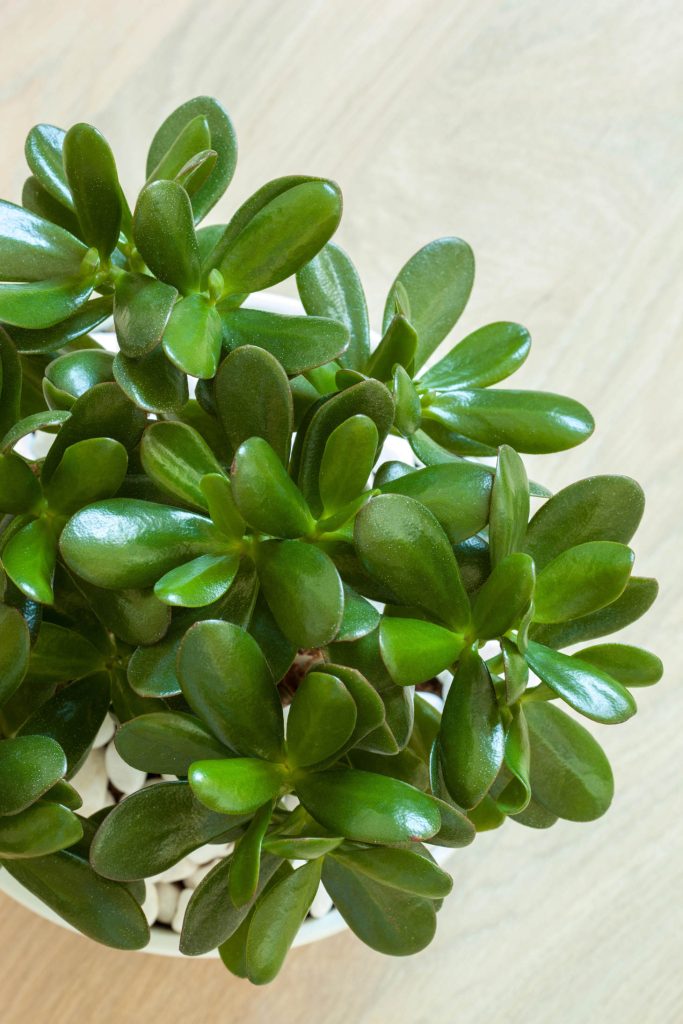
A common misconception is that all succulents are safe because they are small and decorative. In reality, several popular types, such as Aloe and Jade Plant (Crassula ovata), are toxic to pets. Assuming all succulents are harmless can put your animals at risk.
Another myth is that pets will naturally avoid toxic plants. Many cats and dogs chew on leaves out of curiosity, boredom, or play. You should not rely on instincts to keep them safe.
You may also hear that small amounts of toxic succulents are not dangerous. Even minor exposure can cause stomach upset, drooling, or worse. It’s best to choose only non-toxic, pet-safe succulents for peace of mind.
Top Pet Safe Succulent Varieties
Several succulents are both safe for pets and simple to care for indoors. These plants stay compact, need little water, and come in many shapes and textures that add interest to your home without posing risks to cats or dogs.
Haworthia: The Resilient Rosette
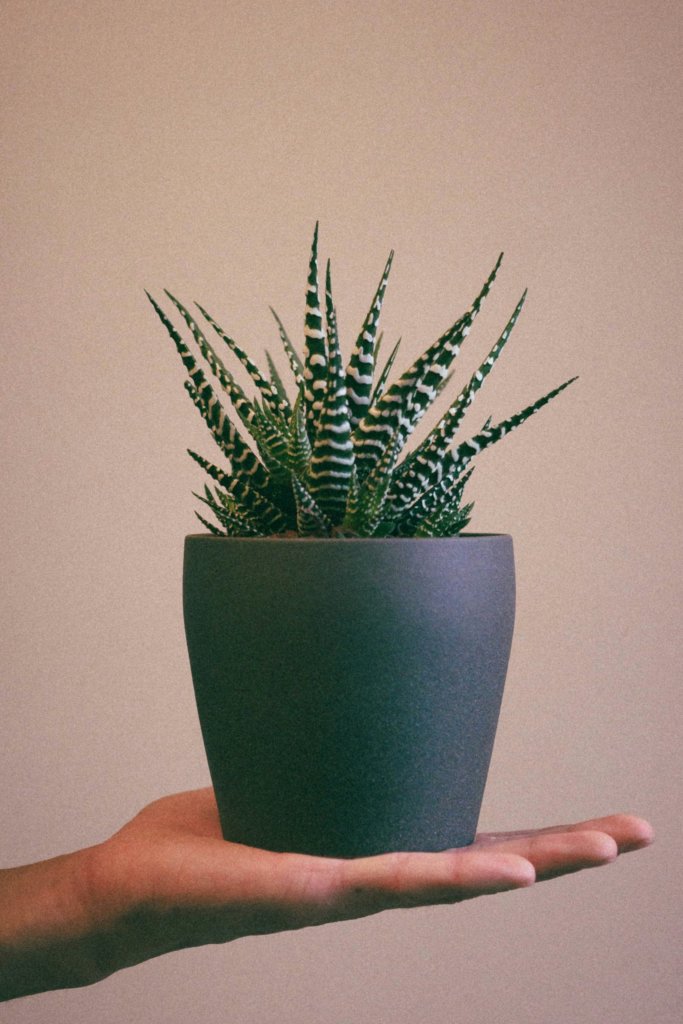
Haworthia is one of the best choices if you want a hardy plant that won’t harm your pets. It grows in small rosettes with thick, pointed leaves that often feature white stripes or translucent tips. Popular types include Haworthia zebra and Haworthia retusa.
This plant thrives in bright, indirect light but also tolerates lower light better than many succulents. You only need to water it when the soil has dried out fully. Its compact size makes it perfect for desks, windowsills, or shelves.
Haworthia rarely requires repotting because it grows slowly. You can also propagate it by separating offsets that form around the base. Since it is non-toxic and low maintenance, it works well if you want a safe and reliable indoor succulent.
Echeveria: Vibrant and Non-Toxic
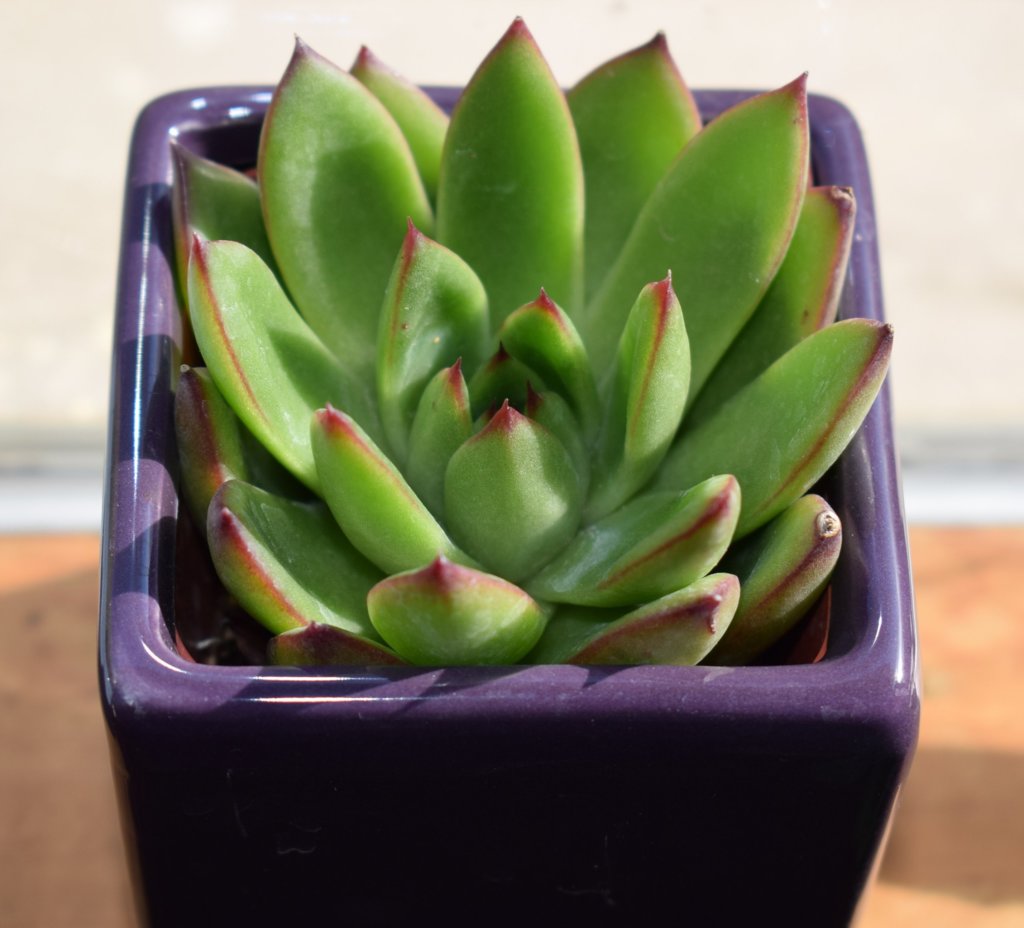
Echeveria is known for its colorful rosettes that range from soft green to pink and purple tones. Unlike some other succulents, this genus is safe for both cats and dogs, making it a good option for busy households.
You should place Echeveria in bright, direct light to maintain its shape and color. Without enough light, it may stretch and lose its compact rosette form. Water sparingly, allowing the soil to dry out between waterings.
Echeveria comes in many varieties, each with slightly different leaf shapes and colors. Their appeal lies in how they add a splash of color without extra care demands. You can also propagate them easily from leaf cuttings, which helps expand your collection.
Sempervivum (Hens and Chicks): Hardy and Safe
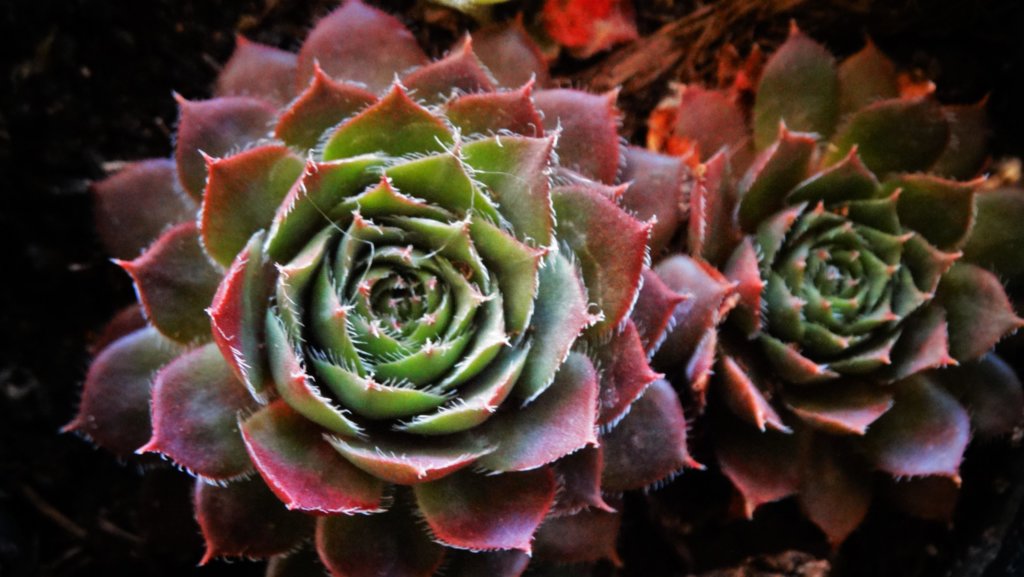
Sempervivum, often called hens and chicks, forms clusters of rosettes that spread outward as new “chicks” grow around the main “hen.” These plants are non-toxic and very durable, making them a safe pick for households with pets.
You can grow Sempervivum indoors in bright light or outdoors in containers and rock gardens. They tolerate cold weather better than many succulents, which sets them apart if you live in a cooler climate.
Their growth habit makes them easy to share or replant since the chicks can be separated and grown on their own. With minimal watering needs and strong adaptability, they are a dependable and pet-safe choice.
Sedum Varieties: Burro’s Tail and More
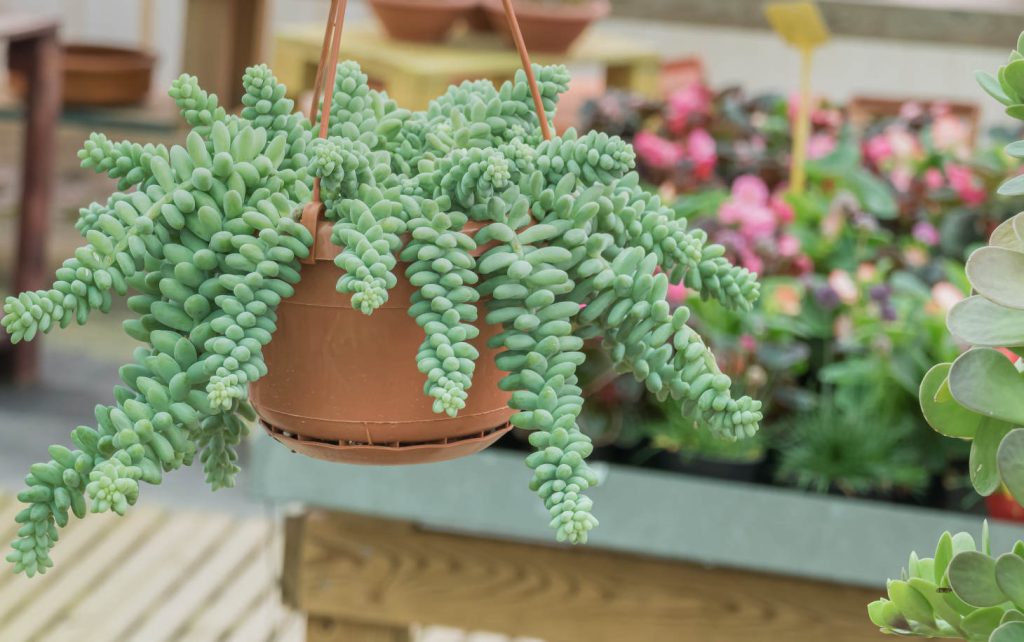
Sedum includes many species, but Sedum morganianum, often called burro’s tail or donkey’s tail, is one of the most popular. Its long trailing stems covered in plump, blue-green leaves make it a striking hanging plant.
This sedum is safe for pets, but the leaves are delicate and fall off easily if touched. You should place it somewhere out of heavy traffic areas to prevent breakage. Bright, indirect light and well-draining soil keep it healthy.
Other sedum varieties also share the same non-toxic qualities, giving you several options to choose from. These plants grow well indoors with minimal care, and their trailing or mounding forms add variety to your collection.
Other Noteworthy Pet Safe Succulents
Some succulents stand out because they combine safety for pets with unique looks and simple care needs. These plants bring variety to your home while staying non-toxic to cats and dogs.
Gasteria: The Spotted Tongue Plant
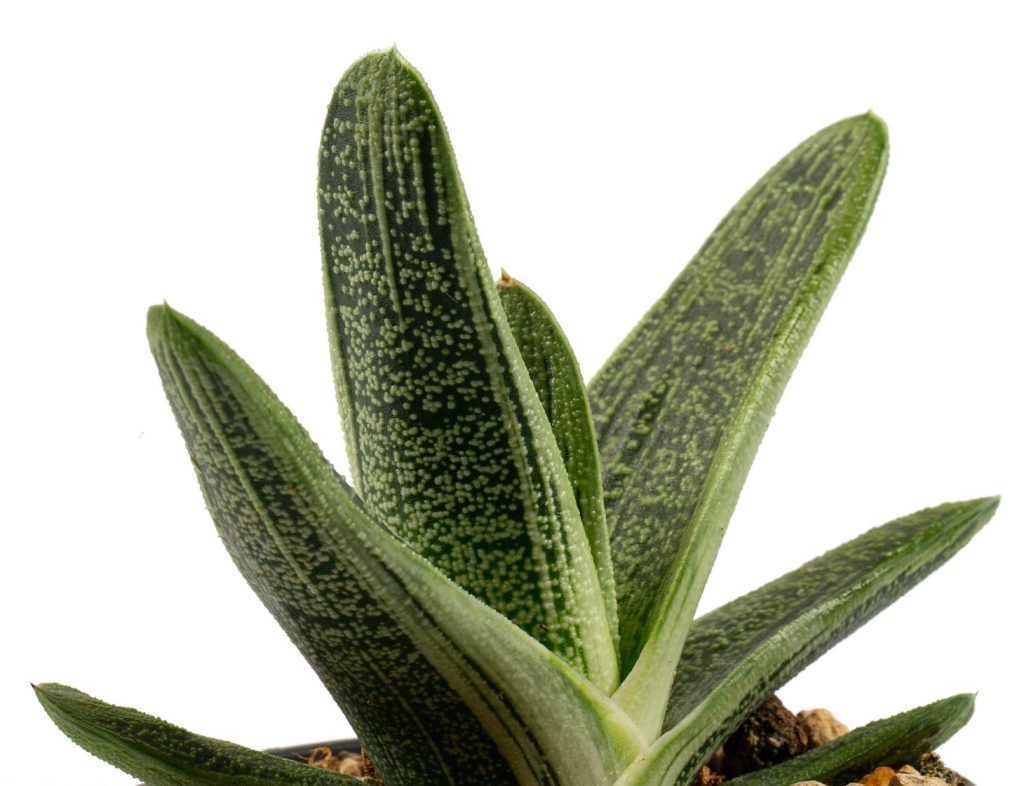
Gasteria is a small, slow-growing succulent known for its thick, tongue-shaped leaves marked with white spots. The leaves often grow in a rosette or fan-like pattern, giving the plant a compact shape that fits well on desks or shelves.
You can grow Gasteria in bright, indirect light. It also tolerates lower light better than many other succulents, making it a good choice for rooms without direct sun. Watering should be light and spaced out, as the fleshy leaves hold moisture.
Gasteria stays safe for pets, so you don’t have to worry if your cat or dog nibbles on a leaf. It also adapts well to indoor pots, and because it grows slowly, you won’t need to repot often.
Ponytail Palm: An Unusual Succulent

The Ponytail Palm, also called Beaucarnea recurvata, looks like a miniature tree but is actually a succulent. Its thick, bulb-like base stores water, while long, narrow leaves cascade outward like a fountain.
This plant thrives in bright light and can handle some direct sun. You only need to water it every few weeks, as the swollen trunk acts as a reservoir. Overwatering is the main risk, so let the soil dry completely before adding more water.
Because it’s non-toxic, the Ponytail Palm works well in homes with curious pets. The long leaves may tempt cats to play, but chewing won’t harm them. Its unusual look also makes it a decorative focal point in a room.

